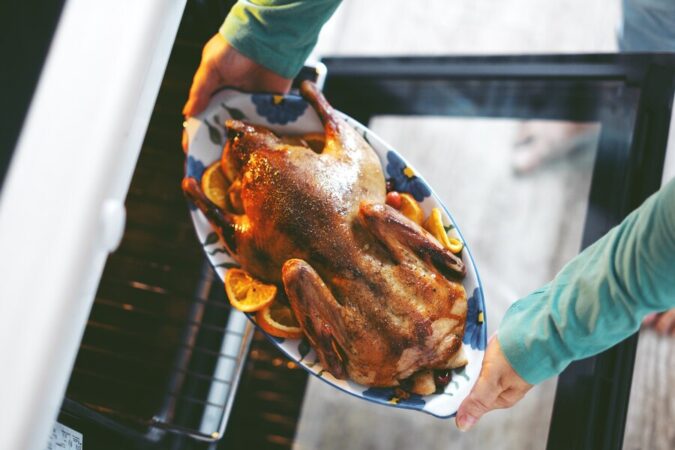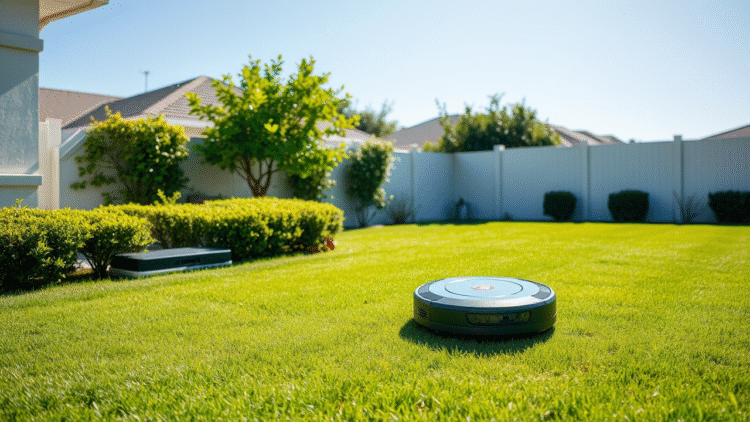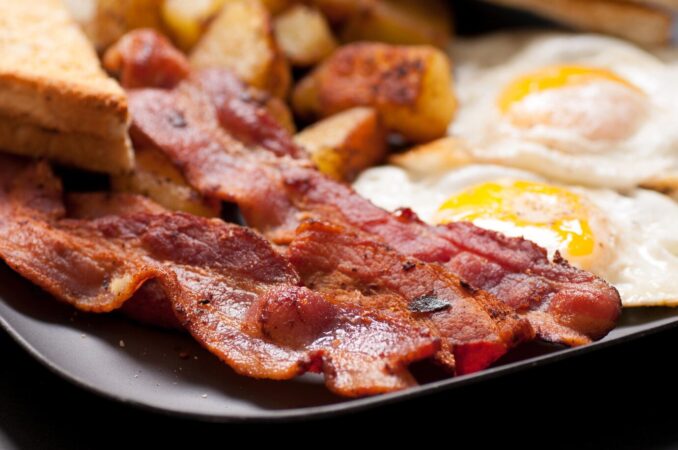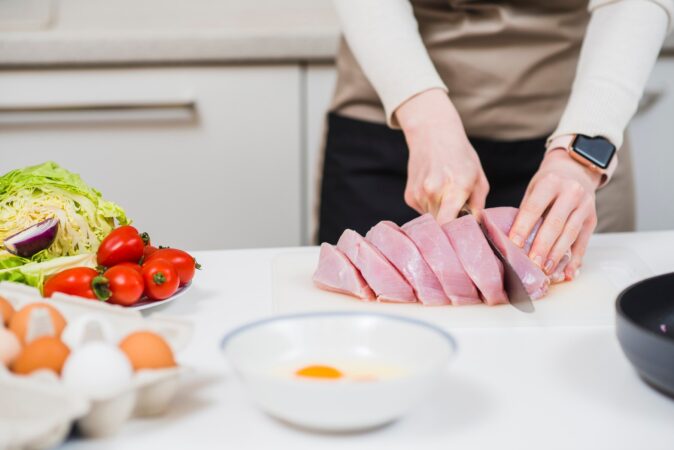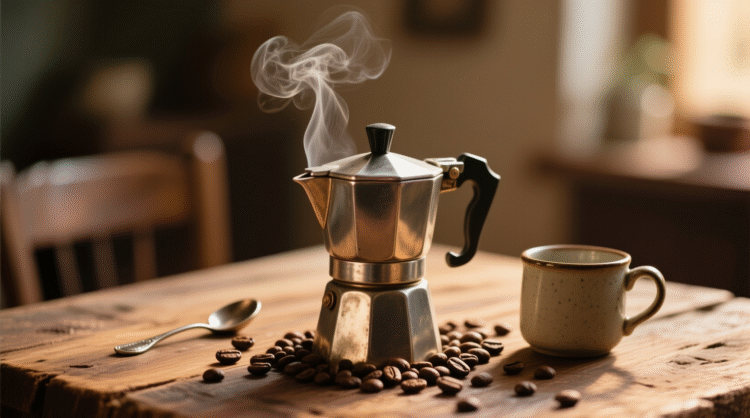
How To For You – Cooking turkey in an air fryer might seem unconventional, but it offers a quicker, less stressful approach to preparing the holiday bird. With its efficient hot air circulation, an air fryer ensures a tender, moist turkey with a crispy, golden-brown skin a hallmark of festive meals.
Key Considerations Before Cooking
The size of the turkey is the most critical factor when planning to use an air fryer. Standard air fryers accommodate smaller turkeys or turkey breasts, usually up to 9-10 pounds. Ensuring that the bird fits comfortably in the basket is essential for even cooking and food safety. If the turkey is too snug, the air cannot circulate effectively, risking uneven cooking and potential food safety issues.
For best results, consult the air fryer’s manual for size recommendations or take the basket with you when shopping for a bird. It may draw some attention, but it guarantees the right fit.
Step-by-Step Cooking Instructions
- Thawing and Preparation: Start by thoroughly thawing the turkey and removing any giblets.
- Preheating: Preheat the air fryer to 350°F. Typically, cooking takes about 10 minutes per pound, but this may vary by air fryer model and bird size.
- Drying the Turkey: Pat the turkey dry with paper towels to remove excess moisture, which helps achieve crisp skin.
- Seasoning: Generously season both the interior and exterior of the bird with your preferred herbs and spices.
- Cooking: Place the turkey in the air fryer basket and cook until the skin turns golden brown and the juices run clear. Use a meat thermometer to ensure the internal temperature reaches at least 165°F, with the thigh ideally at 180°F and the breast at 170°F.
Tips for Optimal Results
- Room Temperature: Allow the turkey to come to room temperature before cooking. This helps prevent the exterior from overcooking while the interior remains undercooked.
- Trussing: Tie the legs and wings close to the body to promote even cooking and maintain the bird’s shape.
- Flavor Enhancement: For deeper flavor, apply seasoning under the skin and inside the cavity. Let the bird sit with the rub for several hours or overnight.
- Moisture Retention: Baste the turkey periodically with its juices or a marinade to keep it tender. Alternatively, inject the turkey with a mixture of broth, herbs, and butter for internal moisture and flavor.
- Foil Covering: Cover the breast with foil during part of the cooking process to prevent it from drying out.
- Temperature Monitoring: Regularly check the turkey’s temperature with a meat thermometer during cooking. To avoid excessive heat loss, check it each time you baste.
After Cooking: Resting and Carving
Allow the cooked turkey to rest for about 20 minutes before carving. This resting period enables the juices to redistribute, ensuring every slice is juicy and flavorful. Tent the bird loosely with foil to retain warmth during this time.
Advantages and Drawbacks of Air Frying Turkey
Pros:
- Healthier Option: Air frying requires little to no oil, reducing fat and calorie content.
- Time-Saving: Air fryers cook faster than conventional ovens, making them ideal for busy holiday preparations.
- Crispy Skin: The rapid air circulation ensures an even, crispy exterior without overcooking the interior.
Cons:
- Size Limitations: Air fryers are best suited for smaller birds, making them less ideal for large gatherings.
- Potential for Uneven Cooking: Some air fryers may require rotation of the bird during cooking to ensure even results.
- Learning Curve: Achieving the perfect air-fried turkey may take a few attempts to master the right temperature and timing.
Final Thoughts
Air frying a turkey is a modern, healthier alternative to traditional roasting. While it’s best suited for smaller gatherings, the method’s speed and simplicity make it an appealing choice for holiday meals. For those new to air frying, consider a trial run before the main event to perfect the process. With practice, an air-fried turkey can become the star of your holiday table, showcasing the versatility and convenience of this innovative cooking method.
